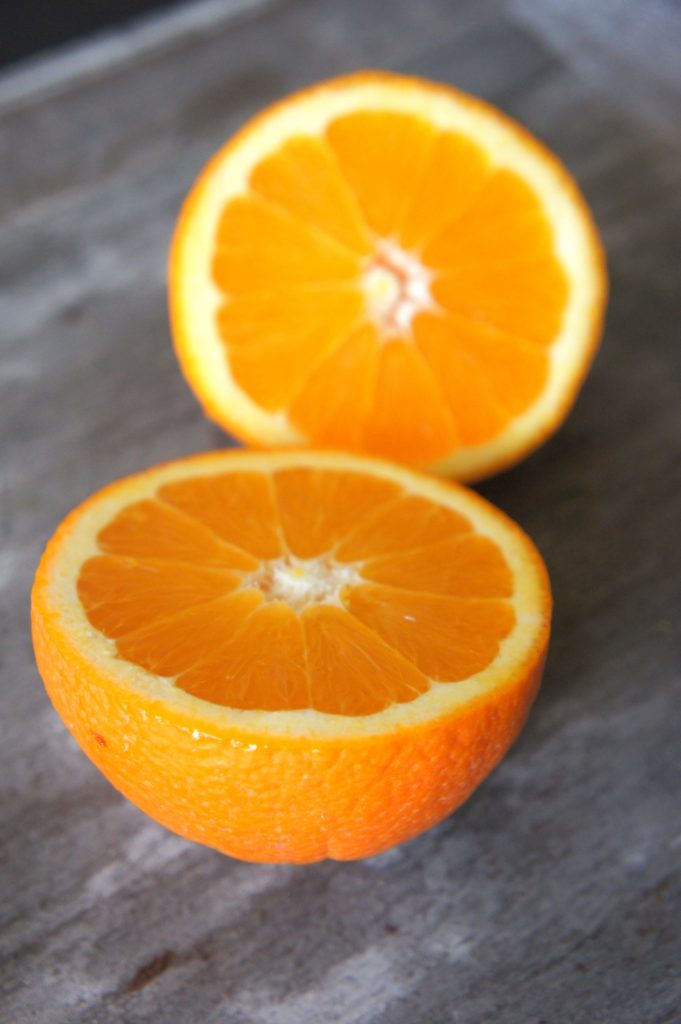Study finds molecules in oranges, grapes, carrots act like cancer drugs

New research suggests that oranges, grapes and carrots may contain cancer-fighting compounds that closely resemble those used in licensed drugs, says Brinkwire.
The study, led by Dr. Kirill Veselkov from the department of surgery and cancer at Imperial College London, found that of the over 7,900 molecules within fruits and vegetables, 110 have the potential to battle tumors.
This conclusion is based on the molecules’ likeness to compounds found in existing anti-cancer medications, explains The Times.
What makes fruits and vegetables act similarly once consumed is their abundance of antioxidants called flavonoids, which give them their color.
These flavonoids may help prevent cancer by suppressing inflammation, controlling cell replication and even inducing tumor ‘suicide’, notes the report.
With this knowledge, the researchers say they hope to one day create ‘personalized food passports’ that act as ‘gastronomic medicine’ to reduce our risk of disease.
This could have huge implications worldwide.
In the U.K. alone, one in two people born after 1960 will develop cancer, Cancer Research U.K. statistics show.
Additionally, more than one-and-a-half million people are expected to be diagnosed with the disease in the U.S. this year, according to the American Cancer Society.
But past research suggests up to 30-to-40% of these diseases could be prevented by living a healthy lifestyle, notes the publication.
Thus, eating lots of fruits and vegetables could be particularly beneficial due to them being rich in cancer-fighting antioxidants, the researchers wrote in the journal Scientific Reports.
To uncover which produce most greatly reduces the risk of cancer, the scientists ‘fed’ 7,962 biologically-active molecules into an algorithm.
This algorithm was ‘trained’ to recognize the properties of 199 approved cancer drugs, comments the news source.
After stimulating how the bioactive molecules act in a human body, the algorithm predicted that 110 of these molecules had cancer-fighting properties.
This was defined as an ‘anti-cancer drug-likeness threshold’ of more than 70%.
Read the full story here















































